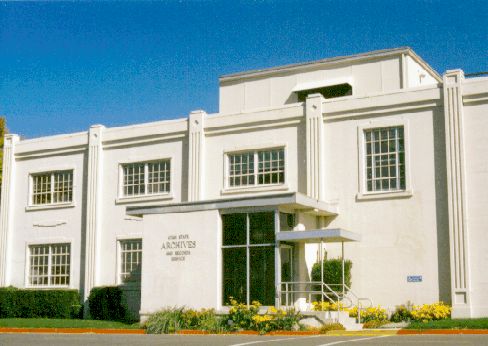About
Division of Archives and Records Service
Our Mission
The Utah State Archives’ mission is to create innovative solutions that will assist Utah government agencies in the efficient management of their records, to preserve those records of enduring value, and to provide quality access to public information.
Our Vision
To create powerful solutions that meet the immediate and long-term records needs of the Utah government and its citizens.
Our History
The Utah State Archives was born as an office in the State Historical Society, before being moved out and on its own as part of the state’s Little Hoover Commission study on government organization. This move became official in 1969 when the “Archives and Records Service Act” was passed and the Utah State Archives and Records Service joined the Department of Finance.
Want to learn more? Assistant Director Jim Kichas provides a comprehensive overview in this four-part blog series:
